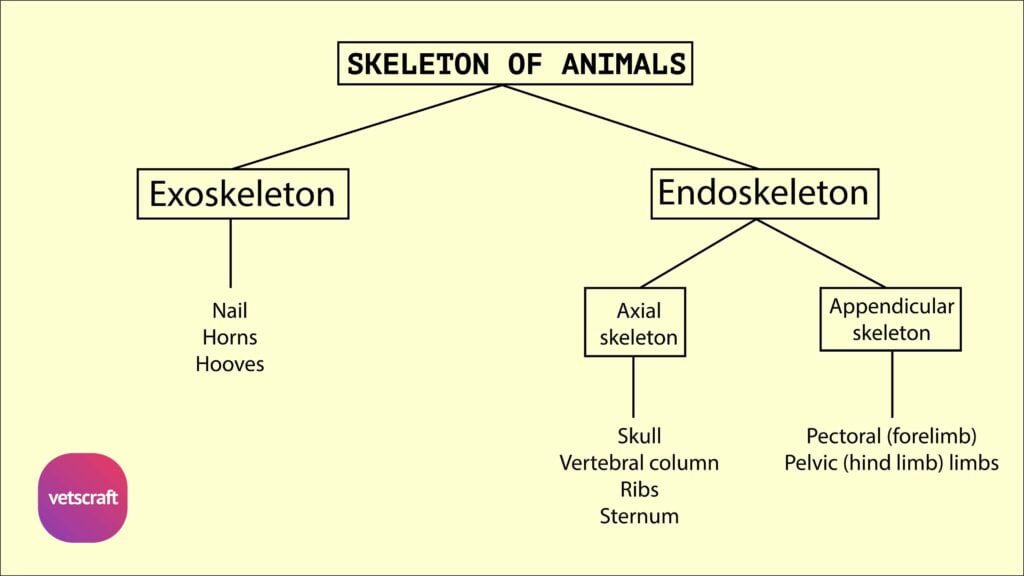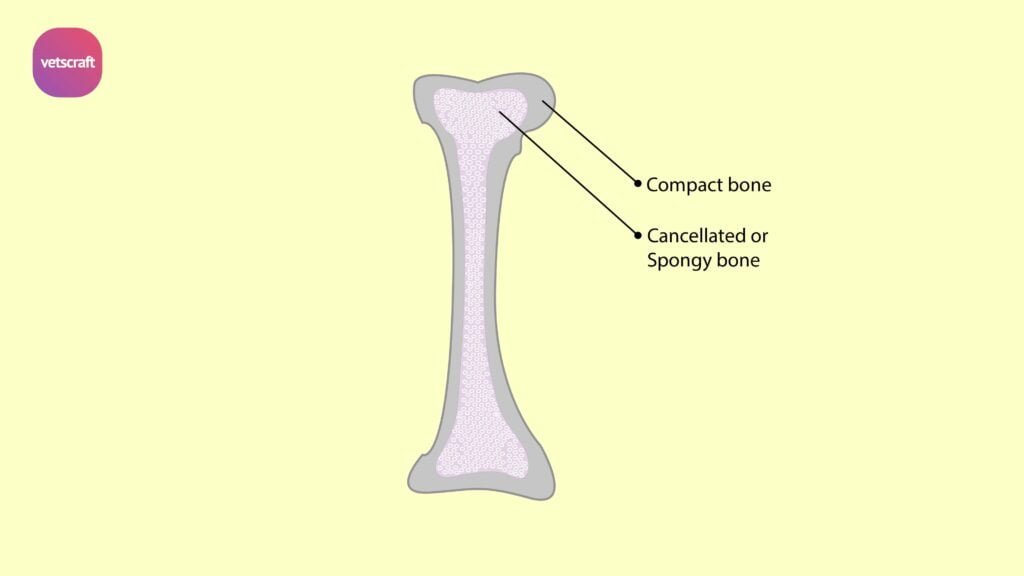TABLE OF CONTENTS
Stomach of Horse
Exterior stomach of horse
- The stomach of horse is in the form of a simple saccular structure The capacity is about 12 litres.
- It is placed at the left side on the median line on the dorsal aspect of the abdomen behind liver and diaphragm
- It is curved and J shaped sac
- The lesser curvature is short. The cardia and pylorus are very close
- At the left extremity of the stomach, close to the entrance of the oesophagus, there is a rounded cul-de-sac known as saccus caecus
- The pyloric end is comparatively smaller
- The right extremity is smaller and is continued by the duodenum. It is attached by,
- Gastrophrenic ligament
- Greater omentum
- Gastrosplenic omentum
- Lesser omentum
- Gastropancreatic fold
Interior stomach of horse
- The mucous membrane is divided into oesophageal (non-glandular) and glandular parts, which are separated by a rough
- The glandular part is divided into cardiac, fundic and pyloric regions according to the presence of different types of glands in the mucous membrane
- The part on the left extremity is non-glandular being the extension of the oesophageal mucous membrane-oesophageal region and the remaining is glandular
- The glandular part is subdivided into three zones, according to the type of glands present, but no distinct line of demarcation exists
- A narrow zone along the margoplicatus is the cardiac gland region
- Adjacent to it is the large fundic gland region
- Remainder of the mucous membrane is the pyloric gland region

